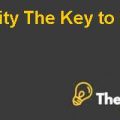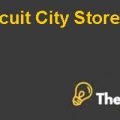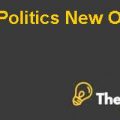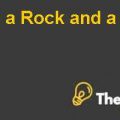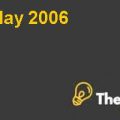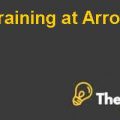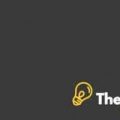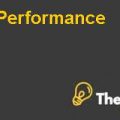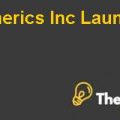Jaguar, Pl c 1989 Case Solution
JAGUAR EXCHANGE RATE EXPOSURES:
Exchange rate exposure is a standard feature for those companies that are operating businesses and their chain of network internationally, and are open to trade and distribution over many regions, the exchange rate is something which is critical for such companies, and they need to develop certain strategies to avoid this risk of currency exposures. Jaguar was historically exposed to many currencies, on the top of the list is US$ because the company has significant sales stake in the US and company's clientele was huge in the US. Apart from that, the firm was also exposed to DIM because of close competition call with Mercedes-Benz. The Japanese currency was also threatening because of high priced Japanese brands introduced in the mid-1980s.
SOURCES OF EXPOSURES:
The following are the sources of exposures for Jaguar:
Jaguar has operated its opening throughout the world and significant transactions structured with US people and customers. Large cash inflow comes from them, which means it has its expenditures in UK Pound Sterling whereas, sales inflow comes from US i.e. in dollars, therefore this has created a mismatch situation for the company and a radiant indicator for economic exposure. On the other hand, when the US dollar appreciates, there would be direct and real depreciation of sterling.
Another source of exposure is the difficulty in the accounting treatment in the making of consolidated financial statements, accommodating change in the exchange rate and accurately reporting.
When the contract payment is made or to be received in future, this would create exposure of currency because of the change in the expected cash flows and their fluctuating changes in currency rates.
When the firm had obligations to settle at a future fixed date, and imbalances arose due to currency rate fluctuations and modifications, then that resulted in the company's present value to change and the cost of capital was also affected, which was a primary source of currency rate exposure.
THE PROBABLE EFFECT OF 10% DECLINE IN THE VALUE OF DOLLAR:
As it was mentioned earlier, Jaguar has the largest network and sales chain over the US and its major cash inflows come from the US. If there would be a declining trend assumed to incur in the rate of dollar, then this would have adverse effects to the company regarding revenue and profit margins. As the company is dependent on sales to the US for growth and betterment of the enterprise if the dollar declines, then it would be miserable for the enterprise.
HEDGING TOOL:
After 1984, the company hedged and made effective hedging arrangements. Derivative contracts and security measures were taken by the business, which helped the company a lot when dollar rate crashed after 1984, during the time period of 1985-1989. That step was a good move by John, and at that time of severe dollar depreciation, such hedging was an attractive move.
Q2. What do you think of Jaguar's past decisions to hedge its dollar exposure ..?
Jaguar decision to hedge:
Their decision to hedge was correct because being a leader and forecaster for the company one should evaluate future unpredictability and respond to the unfavorable scenarios. John's decision to hedge was for the company because in between 1985-1989, the dollar price crashed.
Jaguar should have hedged more of its dollar exposure than it had hedged previously because its production level had increased during dollar crash time and that affected the company's growth as well as upgrading by manufacturing new models to a reasonable extent. The company used the investments to enhanced its performance. They should have hedged more to compete more easily with the challenges encountered during the stock crash as well as the customers’ purchasing power has reduced at that time. If it could hedge more of the dollar exposure, then it could be more beneficial to it because it can retain it profitability level and match it with the enhanced production level.
OTHER SOURCES OF HEDGING:
The company can use the technique of currency futures to hedge currency exchange risk, which is as to how the loss made on the primary currency transactions could be offset by the profits made on the future contract.
Jaguar, Pl c 1989 Harvard Case Solution & Analysis
Another option for hedging that the company might opt is ‘option' contract, as by this option, it is not obligatory for the holder to exercise the right but he has the option to go for a particular arrangement made by the company............
This is just a sample partial case solution. Please place the order on the website to order your own originally done case solution.

